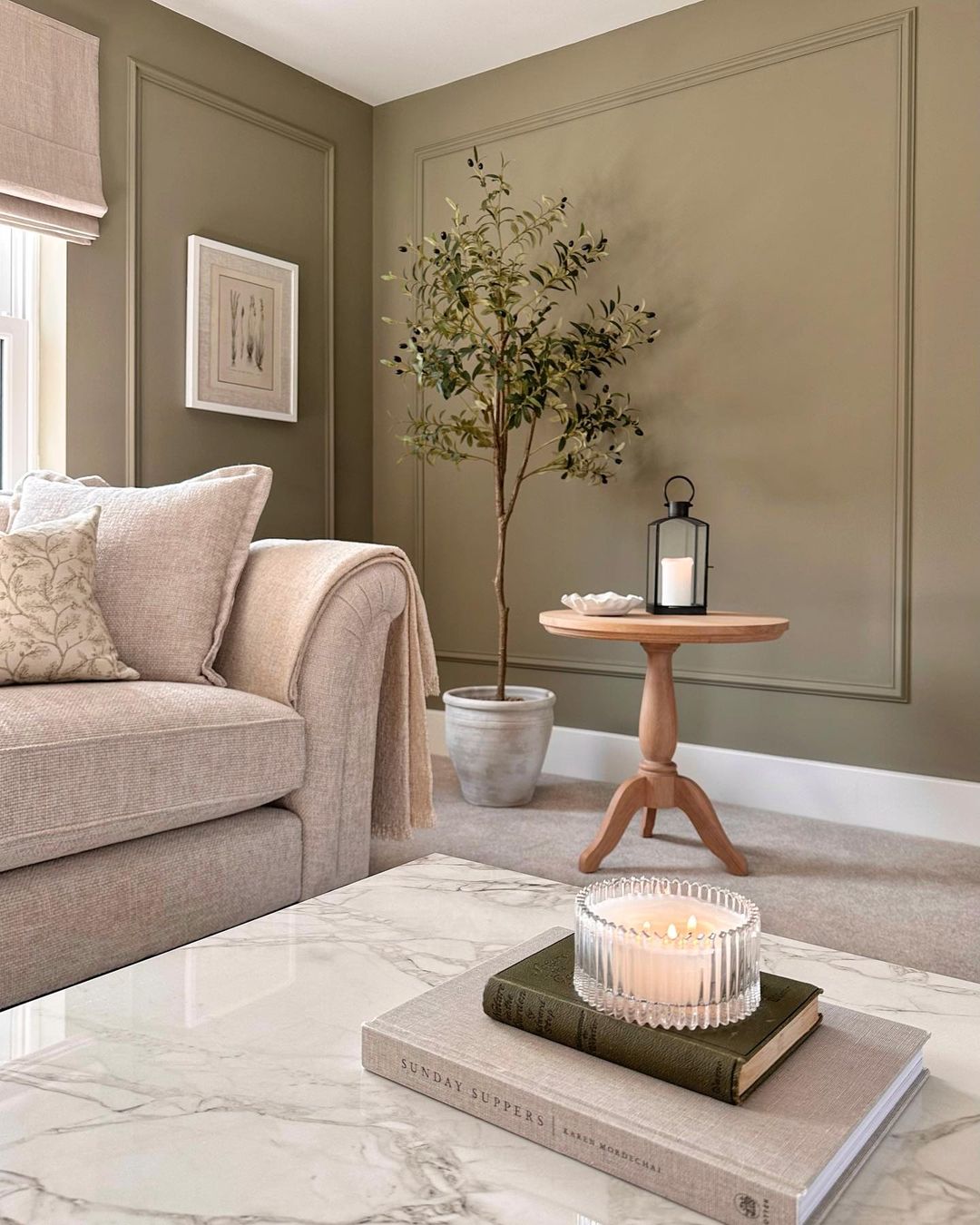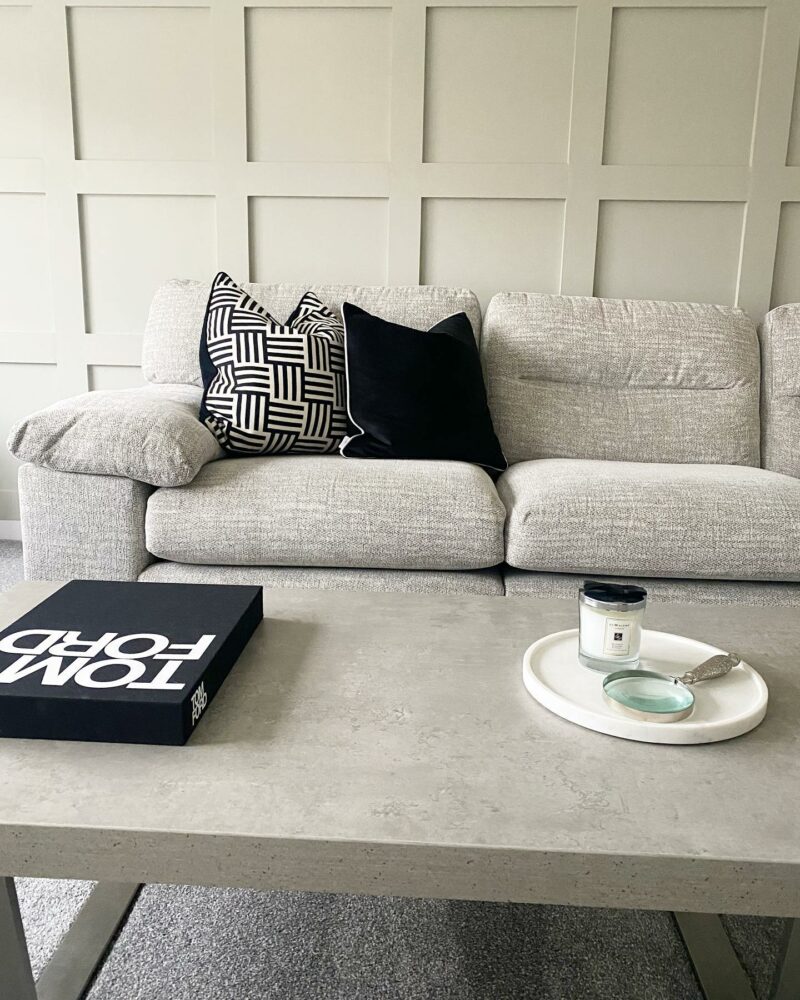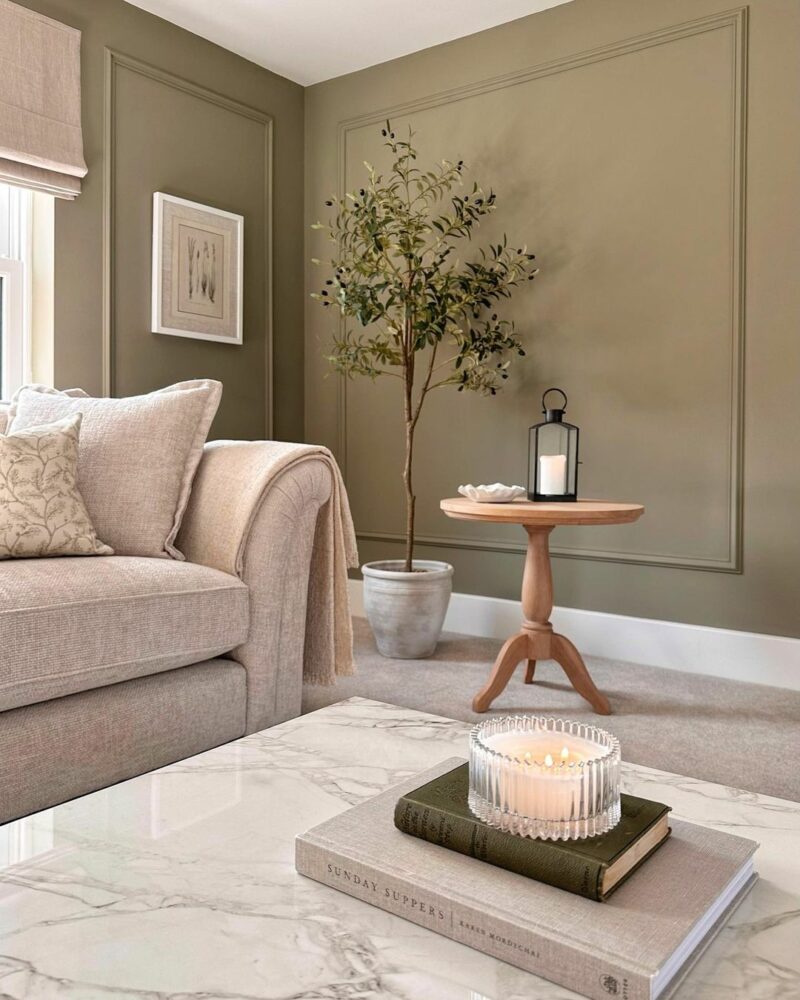Enhancing your home with architectural details can transform any space, infusing it with personality and timeless charm. From adding classic architrave and skirting to incorporating the unwavering trend for faux panelling, these considered touches create a distinctive and inviting aesthetic.
Whether you’re enhancing a room, renovating a whole house to restore its original features, or moving into a new build, explore our guide alongside expert architectural joiners from Skirtings R Us for practical tips and creative ideas to fill your home with character.
Understanding the Basics
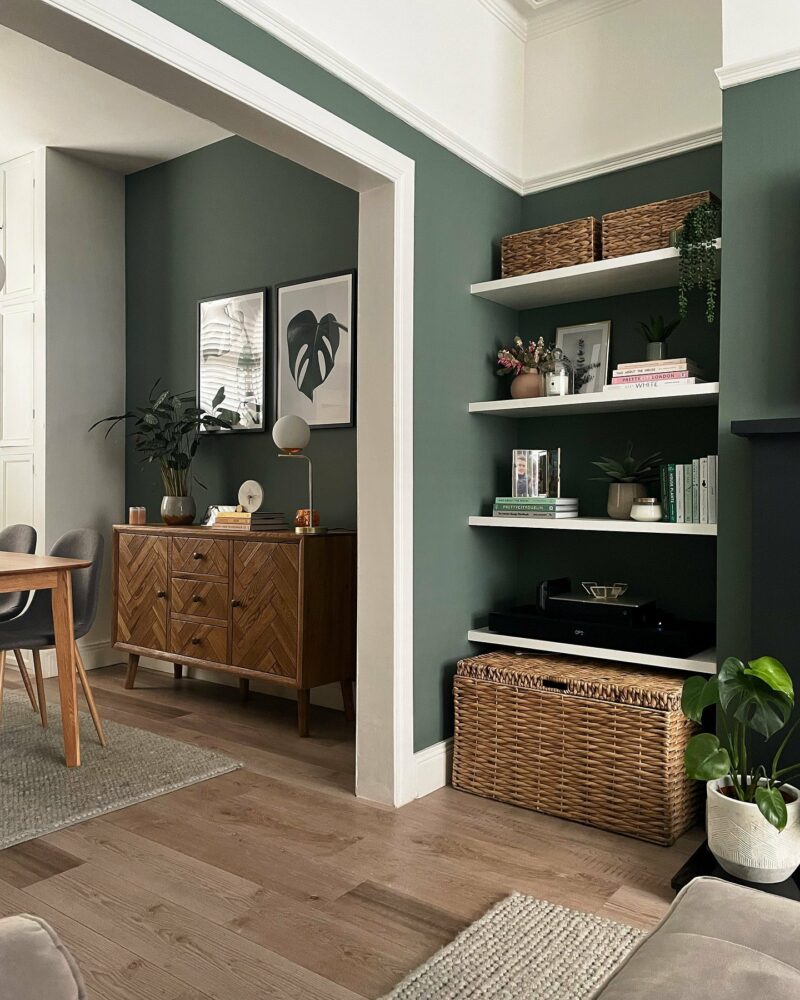
Parquet sideboard | @atnumerfourteen
Architectural details are the finishing touches that bring personality and elegance to home. These elements, often rooted in historical design, add layers of interest and refinement to any space. However, the terminology can sometimes be confusing, so understanding the basic vocabulary is the first step to effectively incorporating these features into your home.
What are architraves and cornices?
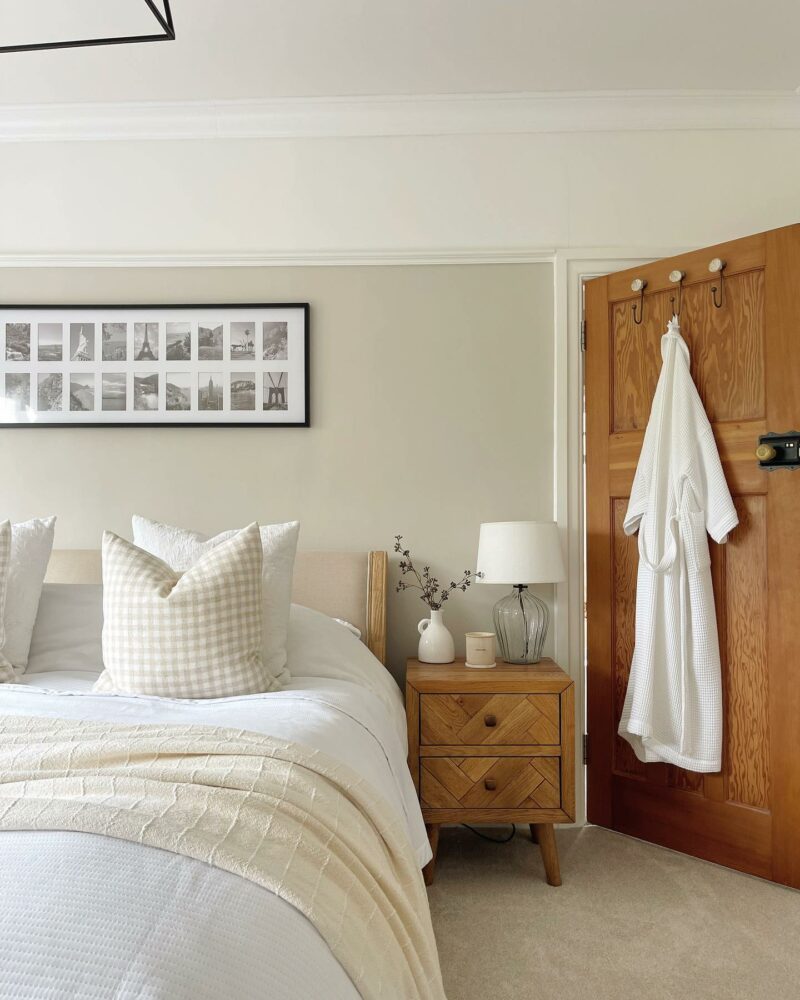
Parquet bedside table | @rachelsorbyhome
An architrave is the moulding situated around a door frame. Often, plaster is right against a doorframe, or not completely intact so the architrave covers and disguises the join between the plaster and doorframe. Similarly, cornices are mouldings that sit at the juncture of walls and ceilings, adding elegance and sophistication to rooms of any period.
What’s the difference between a picture rail and a dado rail?
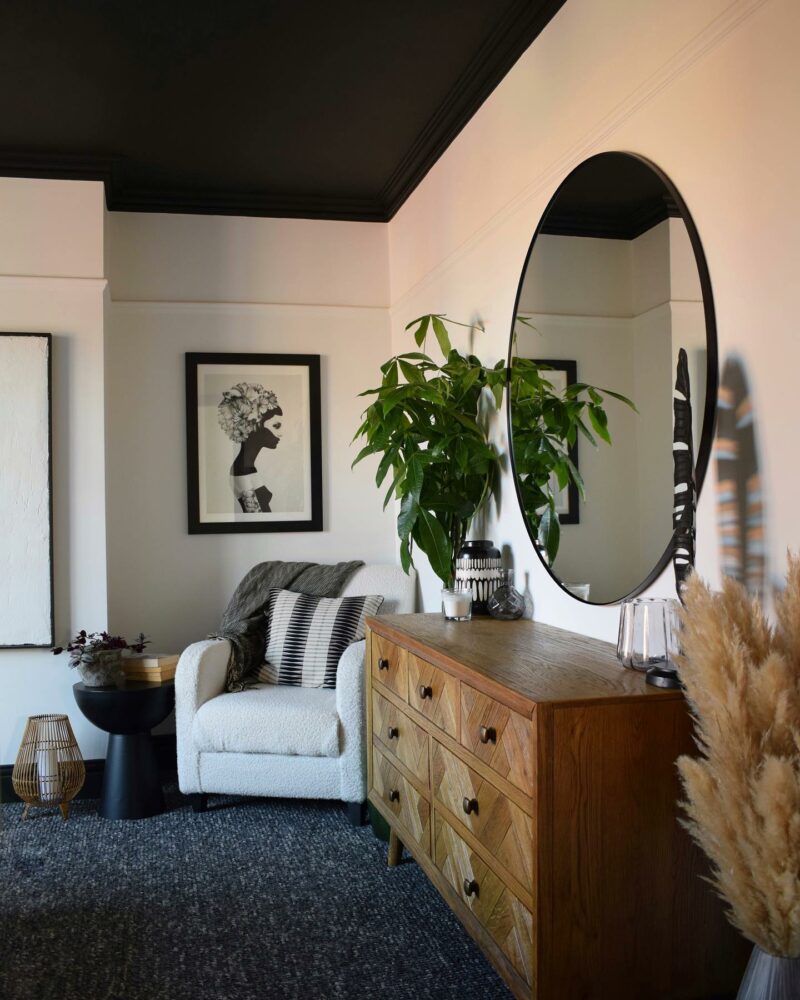
Parquet chest of drawers | @709_design
A picture rail is fixed to the wall above head height and was traditionally used to hang pictures. These rails tend to feature a radius all the way over the top edge for hooks to sit, allowing you to mount artwork.
In contrast, a dado rail is set at waist height and was originally used as a capping for half-wall panelling as well as protecting the wall against the back of chairs.
Panel Like a Pro
Wall panelling is a beautiful way to add depth, texture, and character to your home’s interior. From grand historic homes to contemporary spaces, panelling can enhance the aesthetic of any room. With various types of panelling available, it can be challenging to know which style best suits your space. So, here are some pointers to making an informed decision…
Traditional Panelling
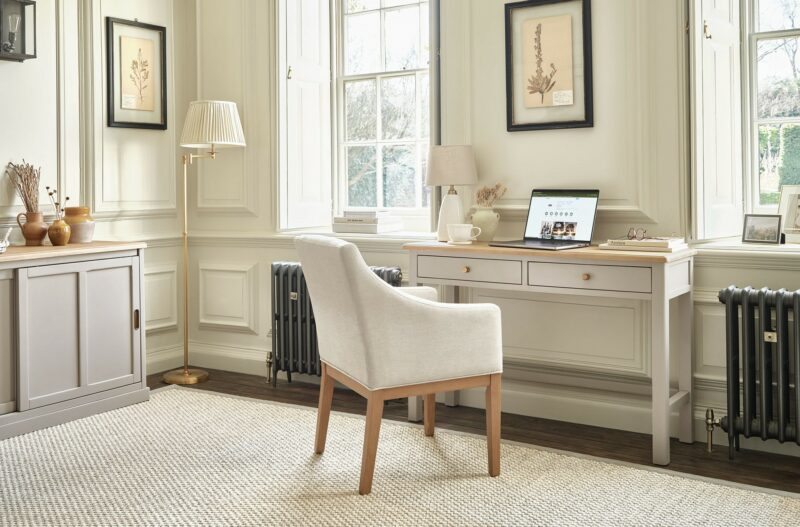
Henley desk | Henley sideboard | Harper chair
The traditional style is made completely from timber, with the frame of the panelling (uprights and horizontal lengths) rebated to hold internal panels, which traditionally may have been ‘raised and fielded’. This craftsmanship-intensive style is visually stunning but quite expensive.
Matchboard Panelling
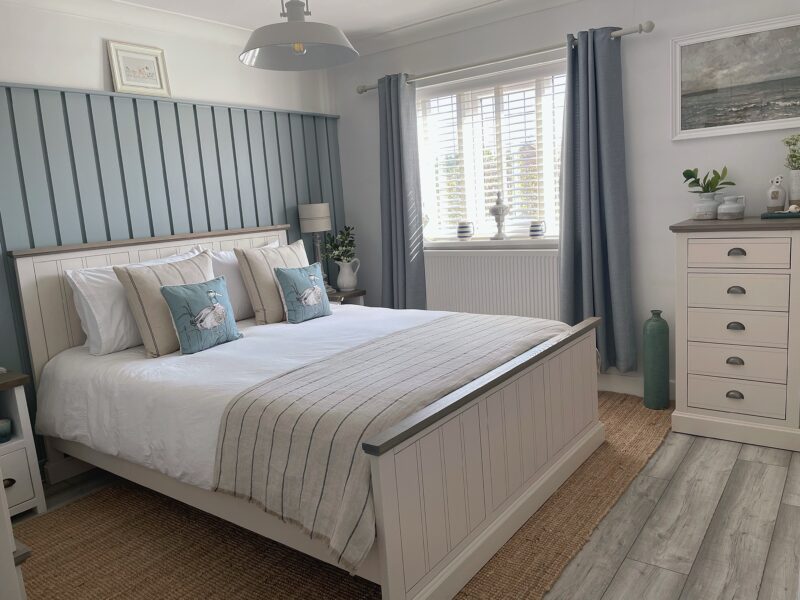
Brompton bed | Brompton tallboy | @a_house_and_its_chows
This design is manufactured either as a large sheet of MDF with the match board pattern machined into it, or as individual pieces of timber with a tongue and groove shape added, so each piece fits together.
Faux Panelling
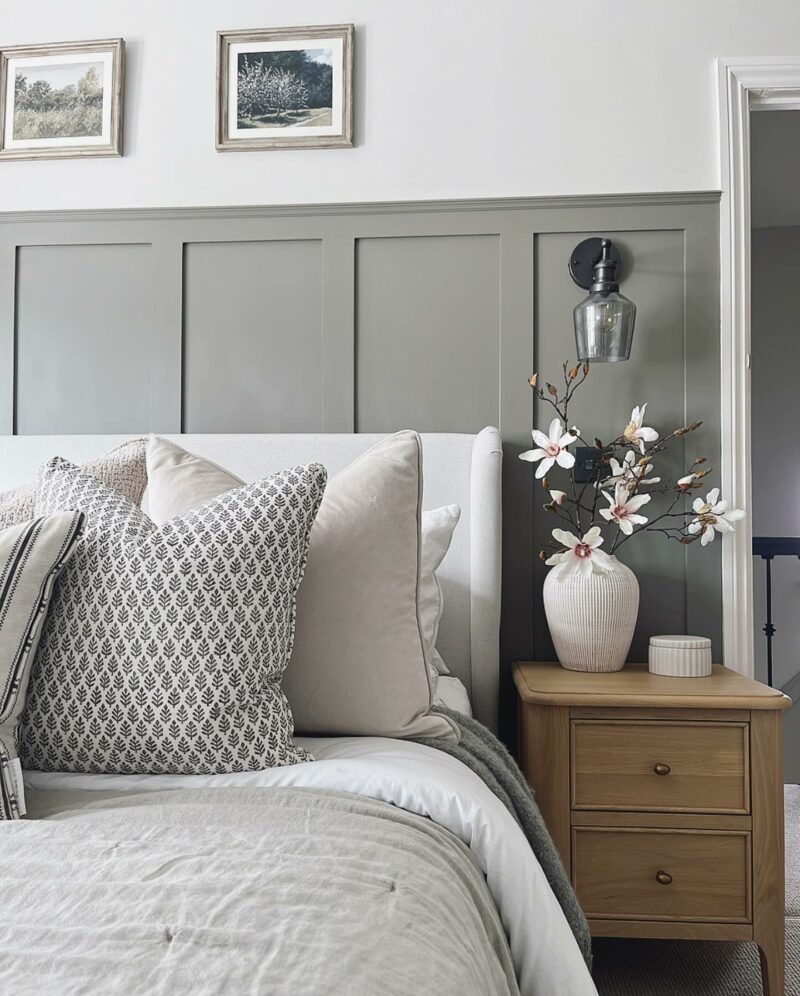
Newton bedside table | @rigbyresidence
The faux approach involves creating squares out of mouldings and fixing them to your wall, then painting the wall the same colour as the architectural details. This method is becoming increasingly popular, seen across many interior design Instagram accounts, and is a relatively affordable and easy way to make a significant impact in your room.
Can You Create Panelling with Dado or Picture Rails?
Both dado and picture rails can be used to create a faux panelling appearance. This involves arranging them into squares on a wall and painting them the same colour as the backdrop. Another option is to use a moulding like an astragal to achieve this look.
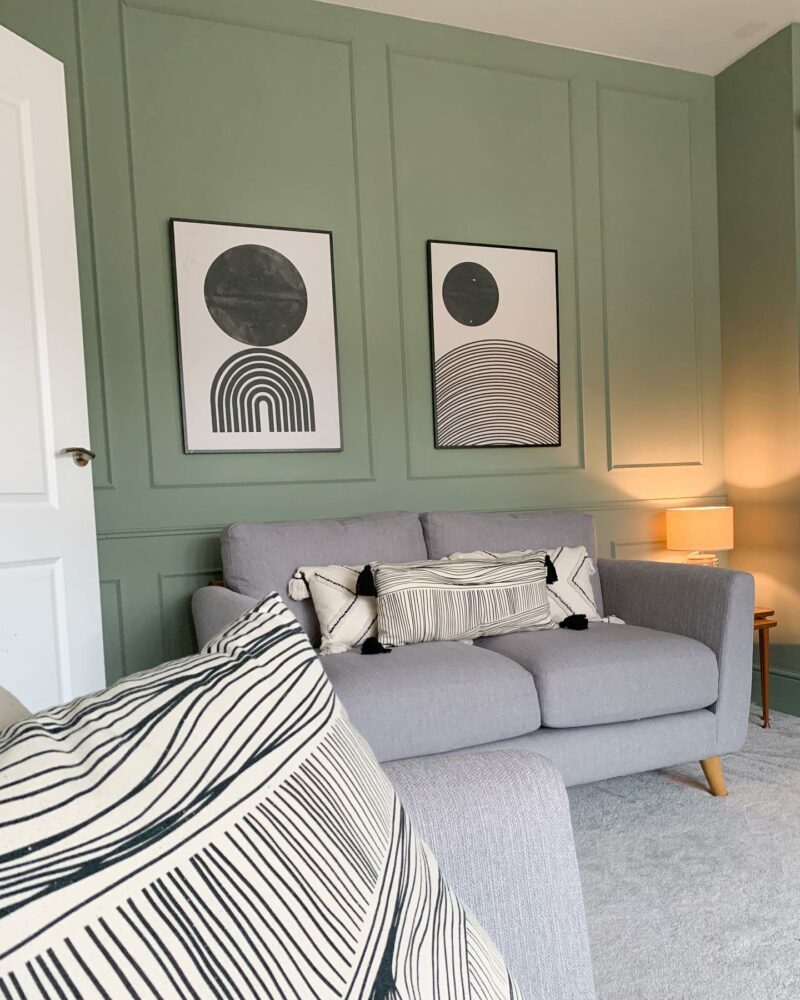
Evie sofa | @new_build_forever_home
DIY panelling top tips
- Sketch out your ideas first on paper or digitally to help you visualise the result you’re looking to achieve.
- Map out your design directly onto the wall to check for any adjustments.
- Survey how flat your wall is first — consider fixing a backing sheet of MDF against the wall to ensure your panelling looks square and not bowed or wonky.
Skirting Board Style
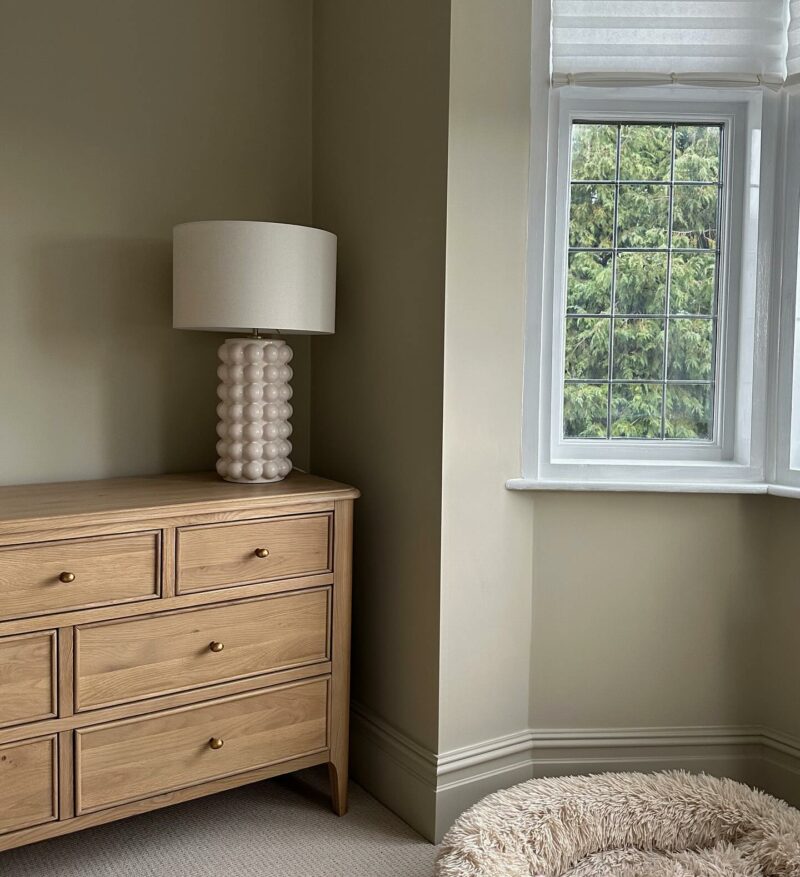
Newton chest of drawers | @zitajanehome
Selecting the right skirting board style and size can significantly enhance the overall look and feel of your home. Skirting boards not only serve a functional purpose by protecting walls from scuffs and damage, but they also add a finishing touch that can define the architectural character of a room. With various styles and sizes available, it’s essential to choose the right skirting board that complements your home’s design and proportions. Here are a few key considerations…
Type of property
Period properties typically feature taller skirting board heights, featuring elaborate mouldings from 7 inches to 12 inches and beyond. More recent buildings tend to opt for smaller skirting, from 4 inches to 7 inches. Older homes favour more ornate designs in line with the elaborate Regency, Georgian, and Victorian eras. Or for Ultra-modern and minimalist styles, opt for smaller and plain features like grooved skirting.
Ceiling heights
Taller ceilings allow for larger skirting boards to keep the room balanced and in proportion, whereas oversized skirting in a small room, or vice versa, can look out of sync.
DIY tips for adding Skirting and decorative moulding
- Fit your architrave first to allow you to measure exactly what length of skirting you will need from the architrave leg to the corner.
- Invest in equipment like a chop saw and stand, combination square, and angle finder to save a lot of time and effort, especially for bigger renovation projects.
Making colour decisions
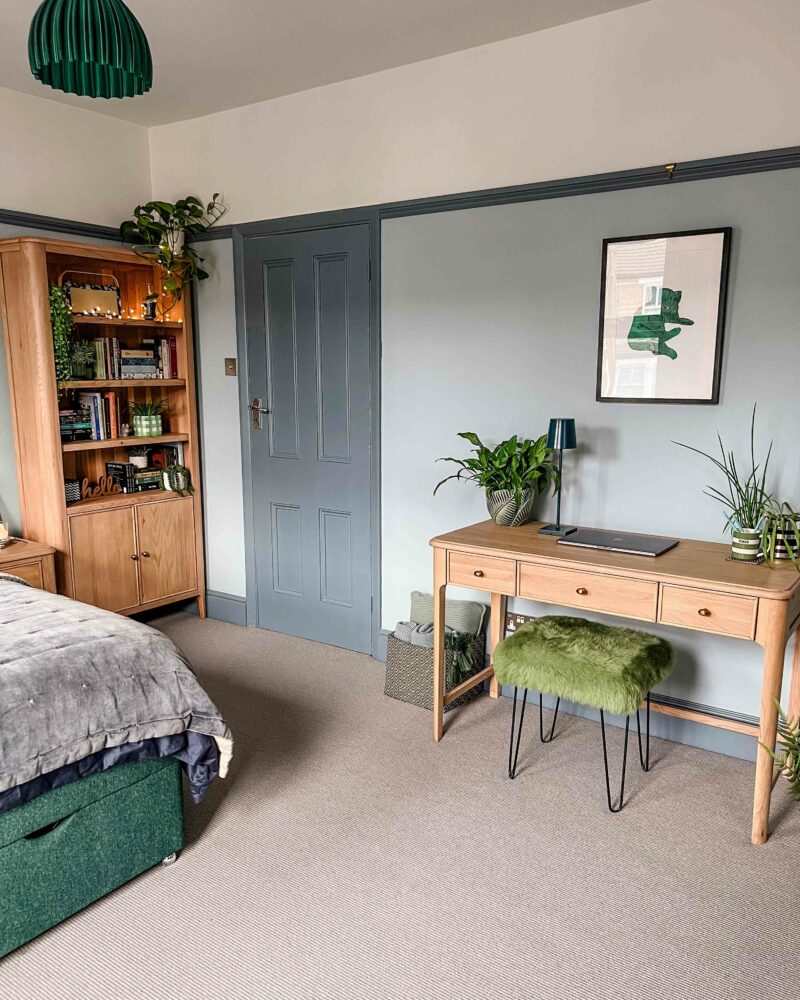
Newton desk | Newton bookcase | @littlehouseinlondon
The colour of the skirting board can be used to blend, complement or contrast with a room’s colour scheme, depending on the look you’re trying to achieve. Adding colour to architectural details such as picture rails, skirting, and doors in a bold or deeper colour than your walls can make them standout features.
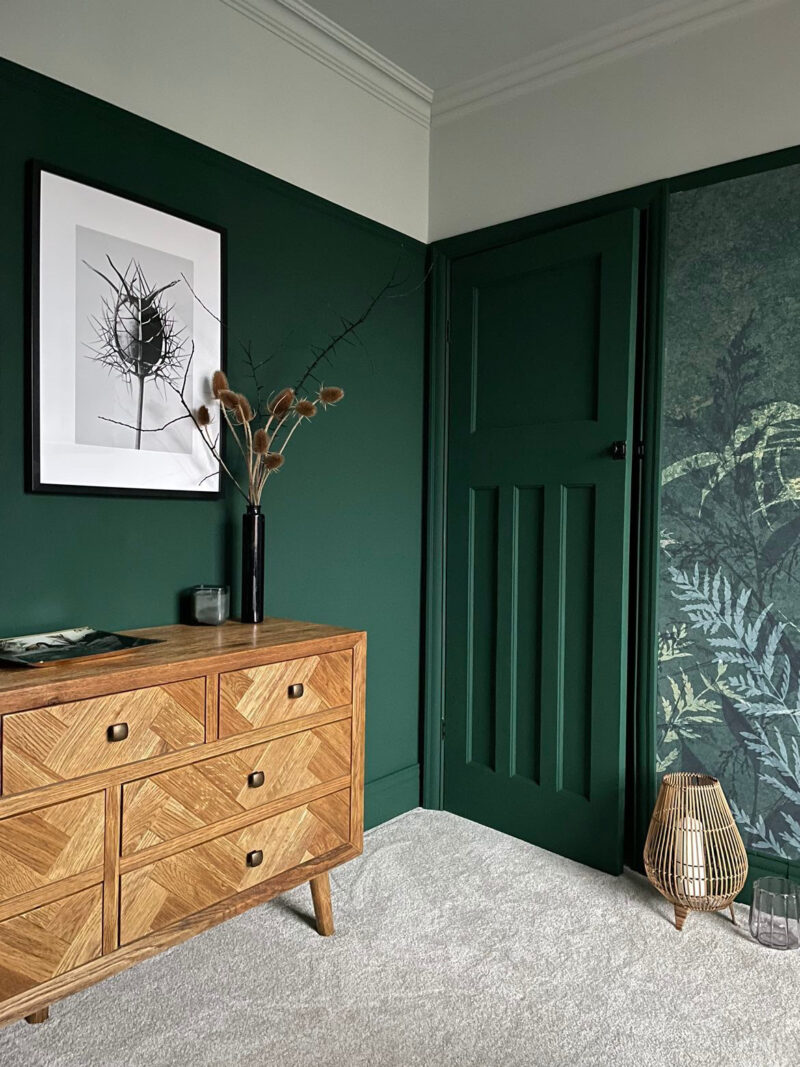
Parquet chest of drawers | @709_design
Alternatively, painting your skirting the same colour as your walls allows them to blend seamlessly and focus the attention on standout furniture designs.
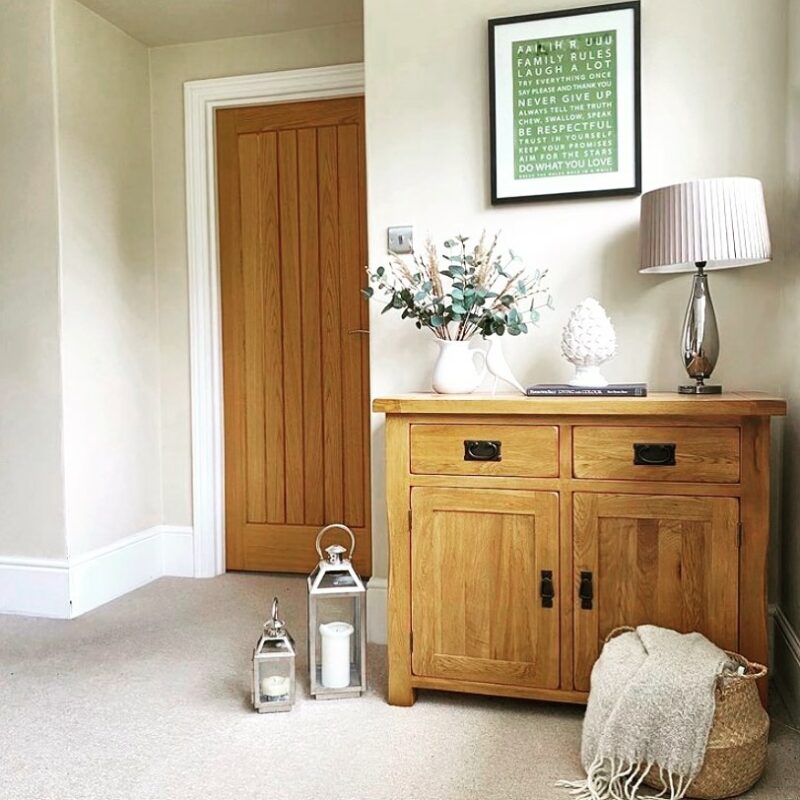
Original Rustic sideboard | @our_cosy_yorkshire_home
If a room looks bland but you don’t want to risk going too bold, choose an off-white colour close in tone to the other colours in your room, which can add an extra layer of subtle interest.
Hopefully, this advice from the Skirtings R Us experts has provided you with some handy tips to try something transformational and rewarding in your home. To find out more about what these specialists offer in the world of skirting boards and architrave, head to their website skirtingsrus.co.uk

